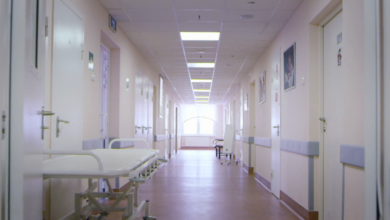
Cincinnati went to bed Saturday expecting snow showers with up to an inch of accumulation. But we woke up Sunday to a winter storm warning and snow emergencies. Greater Cincinnati could see an accumulation of 7 inches by the time the winter storm moves out of the area, according to the National Weather Service.
We talked to Nate McGinnis, a meteorologist with the National Weather Service office in Wilmington, and he had a few ideas about how the snow took us – and the weather service – by surprise.
Location, location, location
It's a very localized storm. Look north of Dayton, or at Indianapolis to our west and south to Louisville and snowfall is pretty negligible, McGinnis said. There was no big weather system pushing a cold front to the area. The forecast for central Indiana is for light snow bringing minor accumulation of less than a half-inch.
"There were no winter storm watches or warnings to our south or west," he said. "Just here."
Timing and temperature were also important
We had the perfect conditions for a heavy snowfall with the time of day and the snow falling before the sun came up, McGinnis said. "The sun, even in January, helps with road treatment."
He added that anytime snow falls when the temperature is near 32 degrees, it tends to make wet snow with big flakes and the snow is heavier. "It also makes it sticky," he said. "When the flakes hit the ground that big, they stack up."
And when snow is falling at a rate of an inch an hour, it stacks up fast. "Boone County reported snow falling at a rate of 1.4 inches per hour," he said.
No weather models predicted the storm
Meteorologists have hundreds of weather models they use to predict the weather, ranging from local, high-resolution, short-term models that help pinpoint severe weather and medium-resolution models that produce short-range forecasts for the North American continent to global models.
McGinnis said none of them predicted 4 inches of snow or more in our area. He said the weather service meteorologists will reexamine the models to pinpoint where the models went wrong.
For now, he says the conditions were perfect for a surprise. The temperature at 30 degrees was ideal. The timing could not have been better with the snow starting before sunrise. Snow falling through the air keeps the air cooler, preventing the temperature from rising to 34 degrees, as was forecast, so snow continued to fall. Once it stops, the roads could be clear by sunset.
The models will get another look
Once the weather event is over, meteorologists will look over the models again to see where they missed an indicator that might have alerted them to the potential for heavy snow here. "We use the models and our own experience as we make our forecasts," McGinnis said. "There are multiple factors to examine and we always go back to look at them."
Source link








